Do you have a problem with water and mud in your yard? Overly saturated soil, runoff from the rain, or flooding can create conditions where lawns stay wet and muddy. Unfortunately, this is not only an unsightly mess but it can also lead to problems for your plants’ root systems as well. In this guide, we’ll discuss easy solutions that will help dry up your mucky yards and keep the grass vibrant. From better drainage options to simple advice on how to prevent future waterlogged issues, you’ll find everything you need here to turn your soggy dream into reality!
Reasons Why is the Yard Always Wet and Muddy?
If you find yourself with a permanently wet and muddy yard, it could be due to a number of reasons. One of the most common reasons is poor drainage, which means that water is not able to properly escape from your property and ends up saturating the soil.
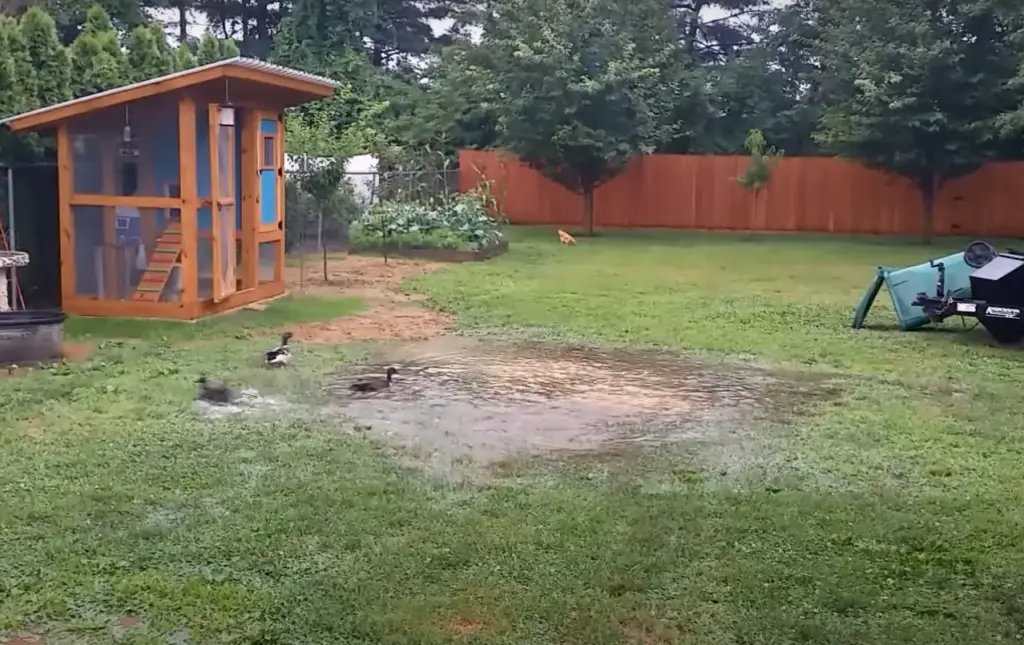
This could be due to the slope of your yard or the soil type. Another potential culprit is overwatering, whether it be from automatic sprinkler systems or simply watering too frequently. Additionally, a wet and muddy yard could be a sign of a leaky irrigation system or underground plumbing issues. [1]
Disadvantages Of Having A Wet And Muddy Lawn
A wet and muddy lawn may seem like a minor inconvenience, but it can actually cause a host of problems for homeowners. For one, the excessive moisture can lead to the development of mold and mildew, which can be harmful to both humans and pets. [2] A muddy lawn can also make it difficult to enjoy outdoor activities, such as playing sports or having a picnic, and can even damage the foundation of your home. In addition, wet soil is notorious for attracting pests like mosquitoes and other insects that can carry diseases. [3] All in all, having a wet and muddy lawn can be much more than just an eyesore – it can pose a serious threat to the health and safety of your family and property.
How To Dry Up A Wet Yard Quickly
Dealing with a wet yard can be a cumbersome task for any homeowner. However, drying up your yard quickly and efficiently can be easily achieved with a few steps. First, start by removing any standing water from the affected areas. Then, use a rake or shovel to turn the soil and expose it to sunlight, which will aid in the drying process. Adding a layer of sand or gravel can also assist in draining excess water from the soil. If all else fails, consider using a portable air dryer or renting a high-powered fan to expedite the drying process. With these simple tips, you can say goodbye to a wet yard and enjoy your outdoor spaces again.
Muddy Yard Solutions
Muddy yards are a common problem for homeowners living in areas with high rainfall or poor drainage systems. Fortunately, there are a variety of solutions available to help with the issue.
One thing you can do is install gutters and downspouts on your home. This will direct water away from your yard and prevent it from pooling around your house. You should also consider planting native grasses, plants, and trees that are better suited to living in wet conditions. For example, switchgrass is extremely tolerant of standing water and will help absorb any excess moisture in your yard. As an added bonus, many native species attract local wildlife such as birds and butterflies! [4]
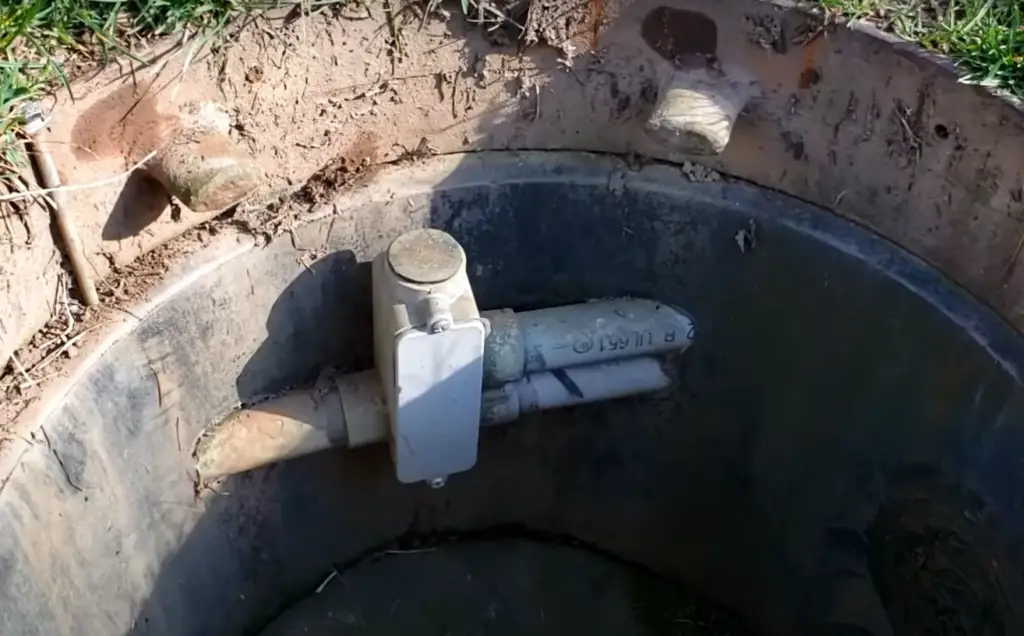
You could also consider adding permeable pavers or gravel to your yard or driveway. These materials are designed to allow water to pass through them, preventing it from pooling on the surface. Additionally, adding a French drain can help divert water away from your house and into another area of your property. [5]
It’s also important to check for any potential drainage issues around your home such as clogged gutters, downspouts, or drains. If there are any blockages in these areas, they should be cleared promptly to ensure proper drainage.
Finally, if you have an inground irrigation system in place, it’s a good idea to make sure that it is functioning properly and directing water away from vulnerable areas of your yard. It may also be beneficial to consult a professional landscaper who can assess the condition of your yard and provide specialized advice for reducing mud and improving drainage.
By taking the time to assess the condition of your yard and implement the appropriate solutions, you can help keep your lawn mud-free and prevent any further damage from occurring.
Soggy Lawn Solutions
There are several solutions to soggy lawns, such as improving drainage, aeration, and soil amendment. Improving drainage involves creating a network of underground pipes or trenches that will redirect water away from your yard. Aeration is the process of perforating the soil with small holes that allow air and water to penetrate deeper areas of the soil. Soil amendment involves introducing organic matter into the soil to improve its structure and allowing it to better absorb water. Additionally, regularly mowing your grass at recommended heights can help reduce moisture in your lawn by exposing more surface area for evaporation. Finally, be sure to adjust your watering schedule so that you’re not overwatering your lawn; too much water can lead to soggy patches. With the right combination of solutions, you can have a lush, healthy lawn all year long!
How To Firm Up Soft Ground
Soft ground can be a challenge to work with, but with the right techniques, it can be firmed up quickly and efficiently.
Restrict Watering to Firm Up Soft Ground
One of the best ways to firm up soft ground is to reduce watering. By reducing the amount of water being applied, you will help the soil absorb and retain moisture better, ultimately leading to a firmer surface.
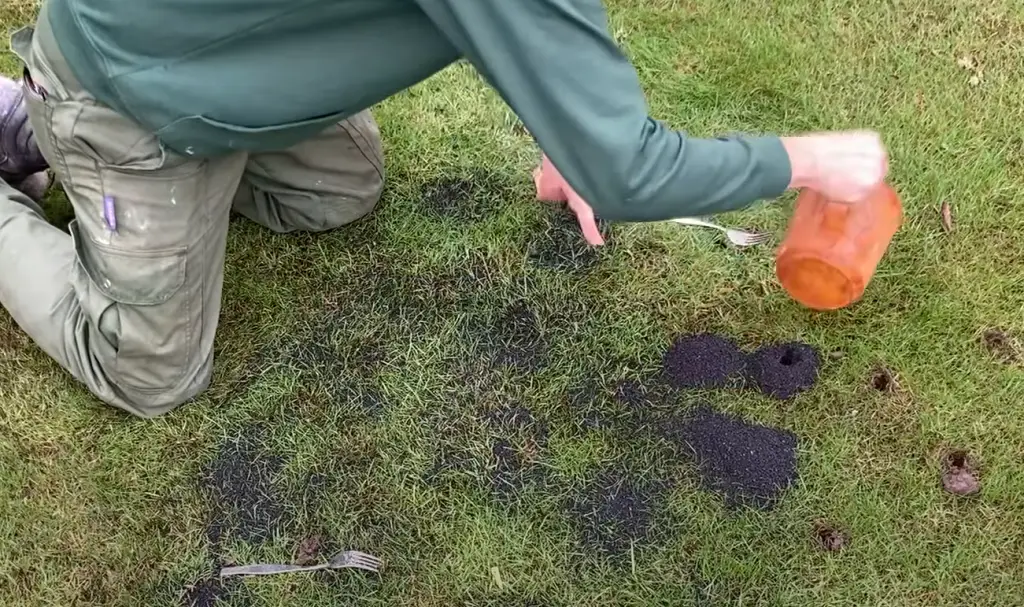
This can be especially beneficial in areas that get a lot of natural rainfall or those where an irrigation system is used regularly.
Determine Possible Provisions for Improved Drainage
In addition to reducing water in your yard, it’s important to check for any drainage issues that might be contributing to the soft ground. Look for blocked gutters, downspouts, and drains. If you find any blockages or damage, repair them promptly so that proper drainage can occur.
Identify the Consistency That Your Garden or Lawn Requires
You should also consider the type of soil you have in your yard and determine what kind of consistency it needs. Sandy, loamy, and clay soils all require different levels of moisture to remain firm. For example, sandy soils tend to be more porous and require less water than other types of soil.
Things To Do To Clean It Up
Cleaning up a wet and muddy lawn can be a daunting task, but it’s important to take the necessary steps to make sure your yard is safe and healthy. Here are some things you can do to keep your wet and mud lawn clean:
- Use a shovel to remove large clumps of mud and debris from the lawn.
- If there are patches of standing water, use a squeegee or mop to soak it up.
- Use a leaf blower or broom to sweep away any leaves, twigs, or other debris that may have been brought in by the rainwater.
- Rinse down the grass with a hose or sprinkler system so that any remaining dirt is washed away.
- Apply an appropriate fertilizer for your type of grass and spread it evenly across the lawn using a broadcast spreader.
- Rake the grass gently to help break up any clumps of mud or debris.
- Use a lawn roller to flatten out any areas of the lawn that have been damaged by heavy rain.
- Water the lawn lightly to help promote healthy growth and settle the soil.
- If necessary, reseed areas where grass is sparse or absent using grass seed appropriate for your climate and type of grass.
- Trim the edges of the lawn with a weed eater or string trimmer to give it a neat appearance.
- Finally, aerate the lawn with an aerator machine to loosen compacted soil and allow water, air, and nutrients to penetrate deeper into the ground for healthier roots.
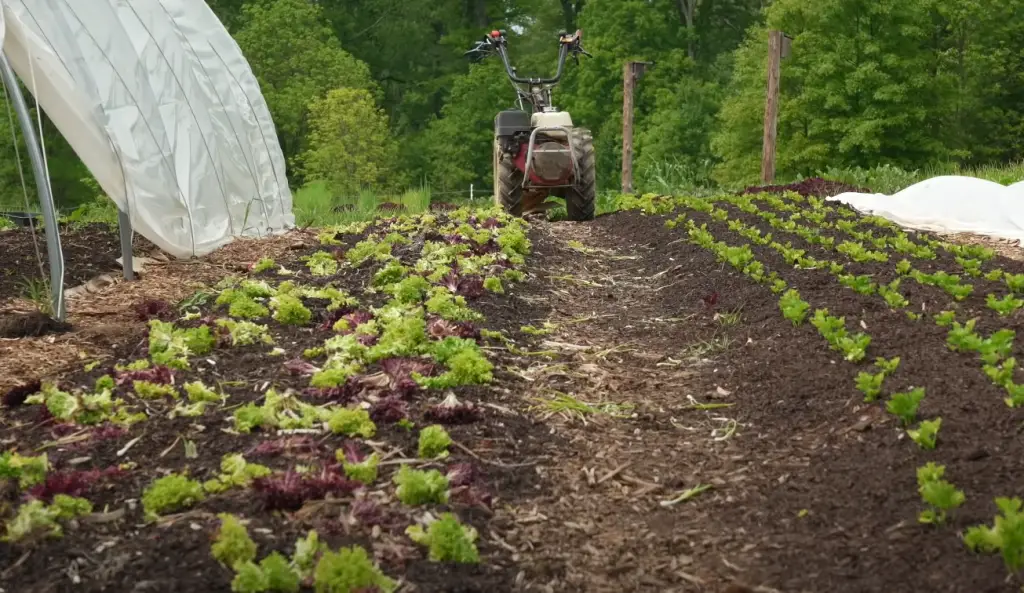
Taking these steps can help keep your wet and muddy lawn clean and safe for everyone in the family!
FAQ
Will Sand Dry Up Mud?
Yes, adding sand to the soil can help absorb excess moisture and encourage faster drying. Sand in conjunction with aeration and drainage measures will ensure that your yard dries up quickly. It’s important to wear appropriate footwear when walking on a muddy lawn as well as protective gear if needed. Additionally, it may be beneficial to seek professional help for more difficult areas. With a few simple steps, you can transform your soggy yard into a dry and usable outdoor space!
How Do I Get Rid of Mud and Water in My Yard?
The best way to get rid of mud and water in your yard is to improve the drainage. Installing gutters and downspouts can help direct the water away from vulnerable areas of your property, while also planting native grasses, plants, and trees that are better suited for wet conditions can provide additional absorption of excess moisture. Additionally, adding permeable pavers or gravel can allow water to pass through them instead of pooling on top.
Finally, consulting a professional landscaper may be beneficial if you need specialized advice for reducing mud and improving drainage in your yard. By taking these steps, you can keep your lawn mud-free and keep it from damaging your property.What Soaks Up Water in the Yard?
Organic material, such as mulch, wood chips, or straw can help absorb water in the yard. Additionally, gravel and permeable pavers can allow for the passage of water instead of pooling on top. It’s important to note that these materials will not be a permanent solution; they need to be replaced regularly to ensure that your yard stays dry. If you have an inground irrigation system in place, make sure it is directing water away from vulnerable areas of your property. Finally, consulting a professional landscaper may be beneficial if you need specialized advice for reducing mud and improving drainage in your yard.
What Absorbs Mud in the Yard?
Organic material, such as mulch, wood chips, or straw can help absorb mud in the yard. Additionally, gravel and permeable pavers can allow for the passage of water instead of pooling on top. It’s important to note that these materials will not be a permanent solution; they need to be replaced regularly to ensure that your yard stays dry. If you have an inground irrigation system in place, make sure it is directing water away from vulnerable areas of your property and that no blockages are preventing proper drainage. Additionally, aerating the soil with small holes may help improve its ability to absorb water and preven any further damage from occurring.
What is a chemical method of soil stabilization?
Chemical soil stabilization is a method of treating soils with chemicals in order to increase their load-bearing capacity and durability. Commonly used stabilizers include calcium chloride, lime, Portland cement, fly ash, and magnesium chloride.
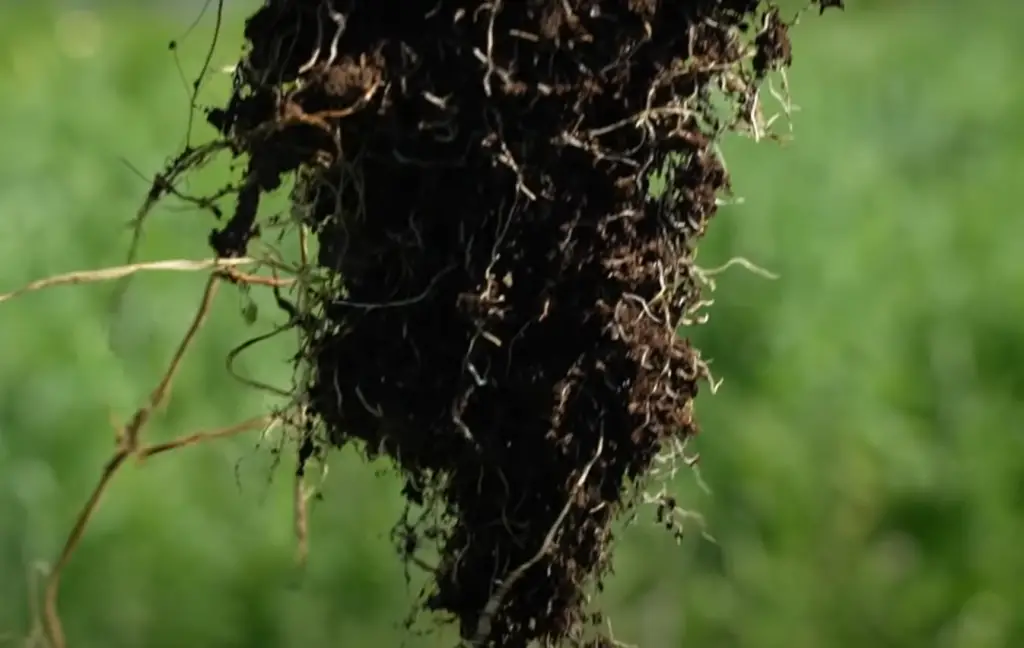
These chemicals bind the particles together to create a stronger material that can withstand heavy traffic and weather conditions. This process is often used on slopes or high traffic areas, such as roads or highways where soil stability is necessary.
Why is my Backyard Always Wet?
A wet backyard can be caused by a variety of factors. Poor drainage, inadequate sunlight, overwatering, or compacted soil can all lead to excessive moisture. If possible, adjust your irrigation system so it directs water away from vulnerable areas of the yard. Additionally, consider adding gravel or other materials to improve drainage and reduce the tendency for the soil to shift or sink. Lastly, consult with a professional landscaper if you need more specialized advice on how best to address this issue.
What is the Best Fill for Wet Areas?
Sand is often the best fill for wet areas as it absorbs moisture and helps improve drainage. However, other materials such as gravel or even mulch can also be used to help reduce pooling water and make sure your yard stays dry. Additionally, it may be beneficial to aerate your soil with a garden fork or rent an aeration machine if needed to improve drainage. Lastly, consulting with a professional landscaper may be beneficial if you need more specialized advice on how best to address this issue.
Will Rain Wash Away Sand?
Rain can wash away sand if the sand is not properly protected or covered. For example, if you use sand as a base for pavers in your yard, it may be washed away during heavy rains unless the pavers are securely laid and sealed to prevent erosion. Additionally, adding soil stabilizers such as grass seed or topsoil can help keep the sand in place and protect it from being carried off by rainwater. Lastly, if you have an irrigation system in place make sure it is directing water away from vulnerable areas of your property. Taking these precautions can help keep the sand in-tact and reduce erosion caused by rainfalls.
Can I Plant Grass on a Wet Yard?
Yes, you can plant grass in a wet yard, but it is important to take the necessary steps first. Improving drainage by aerating the soil and installing gutters or downspouts can help reduce pooling water. Additionally, planting native grasses that are better suited for wet conditions can provide additional absorption of excess moisture. Finally, using mulch, wood chips, or straw as a top covering can help keep the ground moist and protect roots from drying out. With these precautions in place, you should be able to grow lush and healthy lawns even in wetter areas!
Are Wet Lawns Dangerous?
Yes, wet lawns can be dangerous as they can become slippery and increase the risk of injury from falling. It’s important to wear appropriate footwear when walking on a muddy lawn as well as protective gear if needed. Additionally, it may be beneficial to seek professional help for more difficult areas. With a few simple steps, you can transform your soggy yard into a dry and safe outdoor space!
Useful Video: Fixing my Backyard Drainage Issues (Rain = Duck Pond)
Conclusions
In conclusion, having an extremely wet yard can be a nuisance and become a major problem. To avoid the problems of waterlogged lawns, make sure you have proper drainage installed and use raised beds for flowerbeds or small gardens. Additionally, analyze your soil to determine its permeability so you can find other solutions such as installing rain gardens, or using soil covers to decrease moisture and reduce evaporation. All these options will help take away the mud from your lawn and let you maintain healthy turf plants throughout the season. Hopefully this guide has given your yard and future lawns the tools they need to dry up quickly and stay green all year round!
References:
- https://bellbroshvac.com/blog/why-wet-soggy-spot-yard/
- https://www.cdc.gov/mold/faqs.htm#:~:text=Mold%20will%20grow%20in%20places,carpet%2C%20fabric%2C%20and%20upholstery.
- https://www.bobvila.com/slideshow/30-things-in-your-house-that-are-attracting-bugs-and-rodents-256845#:~:text=High%20Humidity&text=Pesky%20insects%20like%20cockroaches%20and,are%20ideal%20conditions%20for%20them.
- https://www.deq.nc.gov/energy-mineral-and-land-resources/chapter-3-vegetation-considerations/open
- https://realestate.usnews.com/real-estate/articles/french-drains-are-they-worth-it#:~:text=French%20drains%20help%20prevent%20flooding,and%20sometimes%20even%20decorative%20grates.










Leave a Reply
View Comments